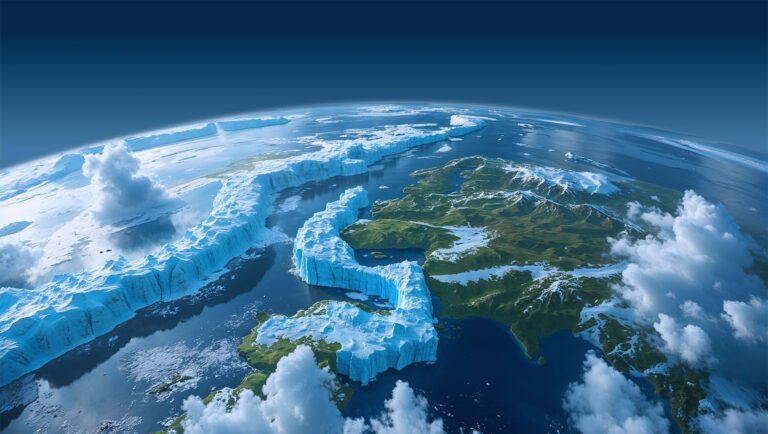Rise Of Bipedalism
7 Million Years Ago. Late Miocene
East-Central Africa – Rift Valley
Walking into a New Era of Evolution
“Why Did We Stand Up?” The story of bipedalism isn’t just about bones—it’s about an ancient world in transformation.
“Where, When, What”
Before we understand why, we need to know where it began.
🌍 7.5 MYA
Rift Valley Tectonics Begin
❄️ 7 MYA
Global Cooling
🍃 7 MYA
Forest fragmentation starts
🐒 7 MYA
Sahelanthropus emerges
🚶 6.5 MYA
Probable habitual bipedal movement
🔬 6 MYA
Orrorin tugenensis shows clear bipedal features
“The Dominoes That Fell First”
Nothing happens in isolation. These shifts cracked the ground beneath our feet—literally.
What was once a continuous forest now faced a fracture line, deepening into valleys, rising into ridges, and birthing volcanoes that kissed the clouds.
The pulse of the Earth’s climate was slowing, cooling. And the oceans, as the Earth’s true climate regulators, absorbed that shift deeply.
Around 7 million years ago, the Earth began to cool—not suddenly, but steadily,
like a long sigh across oceans and continents.
This was no quiet forest. It pulsed with movement.
Birds in every shade of sound called to one another from treetops.
“What the Earth Was Saying”
From ecosystem shifts to anatomical tweaks—these are the signals of change.
“Climate’s Whisper”
Tropical turning seasonal; cooler & drier
“Bones Don’t Lie”
Sahelanthropus tchadensis, Orrorin tugenensis
“Home Becomes a Savannah”
From dense forests to mixed woodland-grassland
“New Moves, New Minds?”
Upright walking (bipedalism)
Anatomical Shift
Pelvis, spine, and foramen magnum repositioning
“Future Forecast”
Incoming Global Ice Age





